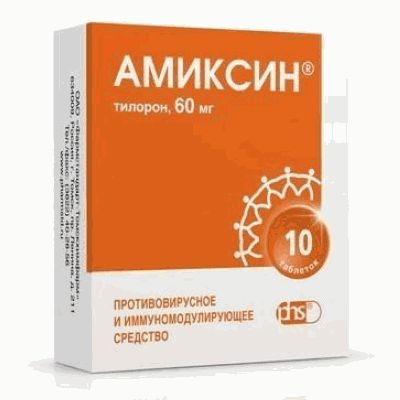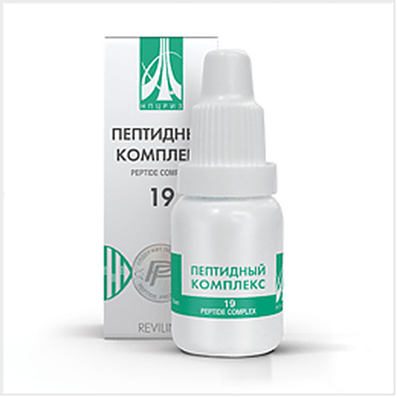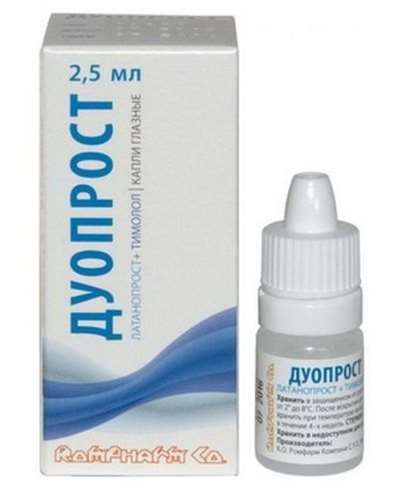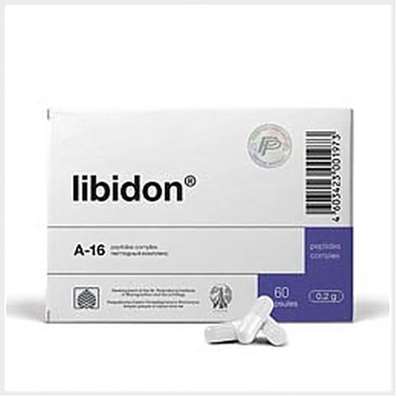Nanochemistry in cancer treatment
01 Dec 2016
Chemist Dr. Doping tells about new drugs for the treatment and diagnosis of cancer and the role of nanoparticles of metals and metal oxides in biomedicine.
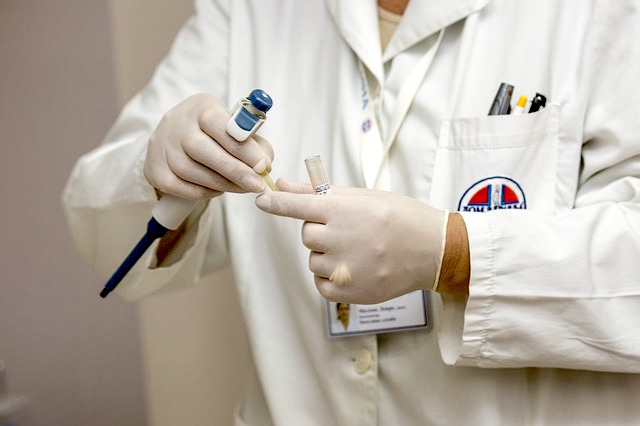
About 8 million people die each year from cancer. Most of the time men and women are diagnosed with lung cancer, the second place are cancer of the prostate and breast. The development of therapies invested huge funds, the efforts of scientists and pharmaceutical companies. Market of anticancer drugs is about $ 70 billion, 3% of which is occupied by the Russian market. But most of the therapies of cancer remains ineffective.
Why is the existing drugs are ineffective?
Medicines that we try to use in medical practice, for the most part are low molecular weight organic compounds. These are small molecules of about one nanometer, with a number of unpleasant features. They are very poorly soluble in body fluids, that is their rather difficult to introduce in a human body. Also, the drug may exit from the body before therapeutic effect will give the molecule of sufficiently small, it passes quickly through the bodies and outputted. In addition, the drug can not always overcome a number of biological barriers and penetrate into the tumor tissue. Of course, the drug can act on non-target tissue, that is, not to where we want to send our product. Medication must overcome a number of biological barriers (e.g., blood-brain barrier to treat central nervous system).
Another problem is drug delivery. When we start working with anticancer drugs, there is one feature: they are often non-specific, non-selective. That is, after the introduction into the body, they are distributed throughout the body and very rarely get in sufficient quantities in this or that place.
Targeted Drug Delivery
Scientists around the world began to think, how to make sure that the drug was delivered targeted, dot. For this there are two ways. The first - "sew" to the drug, a chemotherapeutic anticancer drugs known organic molecule, which will be responsible for delivery. It is known that our liver cells, prostate, brain, kidneys and other organs have on their surface markers that are specific only for that body. By this token, you can pick up a molecule. It may already be known in the nature of the molecule can be synthesized new compounds can be used antibodies, peptides. Then, if you make a medicine with this molecule, it will be delivered exactly where needed.
Next, the researchers want to add additional functionality to this system, so we can not only deliver and treat, but also, for example, to diagnose. Ideally, a single material can immediately diagnose the injury and start the healing process. Then the researchers drew attention to nanoparticles of metals and metal oxides.
Nanoparticles of metals and metal oxides in medicine
What are the nanoparticles? Most often it is 'beads' size of 10 to 100 nm. They can be functionalized drug outside. So we arrive at the delivery by passive transport. The low molecular weight drug (due to the fact that a small molecule) is very rapidly excreted. The particles have different properties: they are big enough and the circulation increases considerably.
It is not necessarily to take the nanoparticles of metals or metal oxides. For these purposes, you can take the polymer particles (liposomes, micelles) - these drugs are, but they are out of date. Then there are metal particles and metal oxide particles.
First, they act as drug carrier. Second, due to their size they will accumulate in the tumor. Third, due to the fact that this metal or metal oxide, it becomes possible to control them and use them, including for diagnostic purposes. For example, the nanoparticles based on iron oxides. This small magnets, which respond to an external magnetic field. What gives? The idea is simple: the drug is administered intravenously, apply a magnet to the affected tissue or organ and the drug accumulates in the desired location.
Unfortunately, this technology has not gone to the hospital due to a number of problems: the blood flow velocity, the depth of the tumor, the magnetic field direction, and so on. However, such particles can be very effectively used in other field - this contrast agents.
The contrast agents for diagnostic
Small magnets are visible in MRI (magnetic resonance imaging). MRI - one of the best non-invasive diagnostic methods, including cancer pathologies. Magnetic beads are visible in MRI, the tumor is very good contrast. Initially, five types of contrast agents used to diagnose liver. But with only one left over time. It turned out, they are toxic to the liver, although deposits. Not immediately, but over time after the accumulation of certain contrast agents started to allocate reactive oxygen species, damaging the liver.
The nanoparticles based on iron oxides themselves ideal contrast agent, even though the problems with toxicity, they are much better than what is used today in clinics. For example, derivatives of gadolinium are actively used - Gadovist, Magnevist. Gadolinium, as a heavy metal, is highly toxic. A magnetic particles, in principle, non-toxic, if solved the problem a long accumulation in the liver and long elimination from the body.
Early diagnosis by using magnetic particles
The ideal contrast agent should be smaller than the conventional large contrast agents in clinical 100-200 nm. small balls (40-50 nm) is necessary to make and to cover something that our body will not be perceived as an alien. For example, human serum albumin - blood protein, with which nanoparticles may be modified. This technology has not decided to apply to the liver, for which and so is the contrast agents, and for the brain.
Glioblastoma multiforme - it is a heavy brain tumor, which is difficult to diagnose in the early stages. It was found that the magnetic particles are excellent contrast agents for glioblastoma multiforme. They are absolutely non-toxic. After five minutes, the particles accumulate in the brain, which makes carrying out tests in the clinic is very effective: entered - in five minutes already can be carried out. While all the main results obtained in the rat, but it launched a full-fledged pre-clinical testing of the contrast agent. To improve immune system - buy Prednisolon, Bonomarlot, Ovagen, Endoluten.
Preclinical tests include full-scale study of toxicity, including genetic toxicity, immunotoxicity, cardiac, reproductive, ie toxicity, delayed in generation. Of course, efficiency. Already it is clear that the method can be used for breast cancer. By 2017, in the presence of a partner from the pharmaceutical business, which will be able to produce experimental batches to begin clinical trials on humans. Then, the world's first contrast agent based on the magnetic particles will be created.
Side effects of chemotherapy
New developments in drugs against cancer are necessary because traditional chemotherapy many shortcomings. Tumor cells, with the exception of rare types of cancer, mainly very aggressive. They divide rapidly and, accordingly, they must be taken from the external environment to supply a lot of vitamins and other substances. Tumor cells themselves need to pump medium. That is exactly what acts chemotherapy: rapidly dividing cells will absorb all the drugs that you have in the bloodstream.
In classical anticancer drug, is actively used in the clinic today, a series of platinum (cisplatin, carboplatin, oxaliplatin) side effects - nephrotoxicity and neurotoxicity. There are so many products with cardiotoxicity. The main problem is that the non-selective drugs many side effects. Chemotherapy is very aggressive, it quickly kills the tumor. Even if we assume that it has no side effects, due to the fact that the body gets a lot of degradation products of tumor cells, the body will be poisoned. Therefore, constantly we are looking for more effective treatments.

 Cart
Cart

